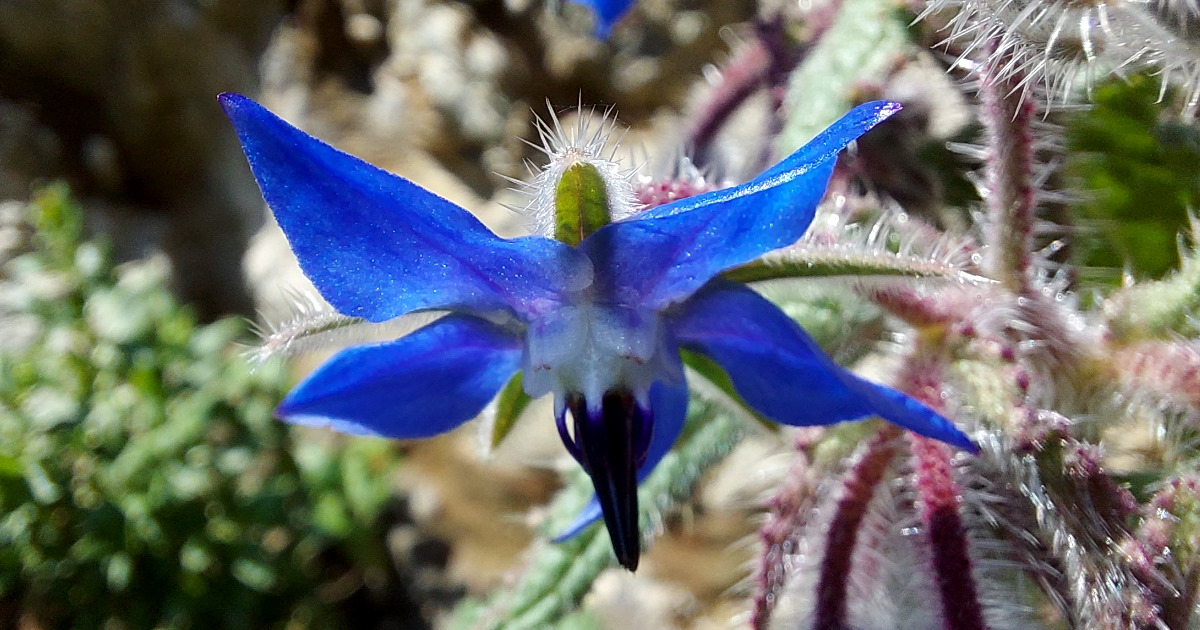
Wildflowers in the Vendée
The appreciation of flora
In spring and summer the Vendée is carpeted with a variety of wild flowers like wild Hyacinth (bluebells), Wild Garlic, Lily-of-the-Valley (Muguet), cornette (Common Columbine), Irish Spurge, Yellow Dead nettle, White Asphodel, Male Orchis (wild orchids).
Wild orchid, yellow dead-nettle and purple dead-nettle are edible. We have tried this delicious and healthy Wild Garlic & Nettle Soup but we recommend foraging for these plants in the countryside rather than the zones classified as Zone naturelle d'intérêt écologique, faunistique et floristique, a natural area of ecological, faunistic and floristic interest (ZNIEFF).
The ZNIEFF program, launched in 1982, is a naturalist and scientific inventory program that indicates a special bird conservation area and/ or a special protection zone for flora and fauna, a biological reserve established by inventory which forms part of the heritage. (Bouchardeau Law of .
Apps to try flower and tree recognition – Plantsnap, PictureThis and Google Lens. These were our sources as well as wikipedia and various other botanical websites. Where we didn't like our own images of the flowers, we used alternatives from Pixabay and accredited the photographer.
DISCLAIMER: we have tried to identify the flowers based on the pictures that we took. Please do not accept these identifications as definitive. Where we mentioned flowers are edible it's because we have been served them in cocktails or salads, have eaten them without issue. Some flowers like cow parsley, the leaves of which are said to be edible before flowering, are similar to hemlock which is highly poisonous. Please do your own research as far as edibility and recipes. inthevendee.com is not responsible.
We kindly request that the protected species found in the ZNIEFF areas and featured in this article are left to thrive in their natural surroundings. Please don't pick them.
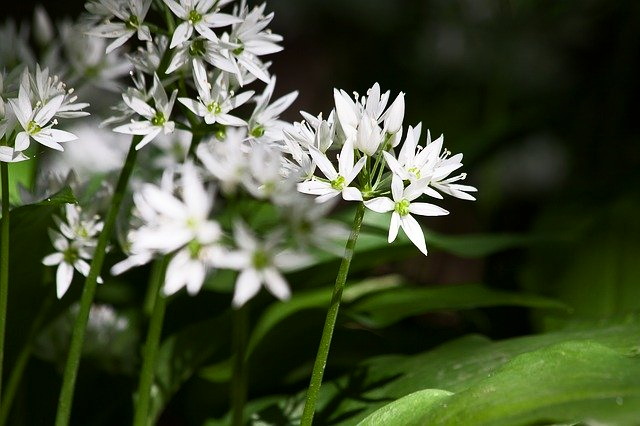
Allium ursinum grows abundantly in the Mervent-Forest. It is best known as wild garlic but also ramsons, wild cowleek, cowlic, buckrams, broad-leaved garlic, wood garlic, bear leek or bear's garlic. It is a bulbous perennial in the amaryllis family (Amaryllidaceae), native to Europe and Asia.
Image by Stux/pixabay
IN FRENCH : d'ail des ours, d'ail à larges feuilles, d'ail des bois, de poireau des ours
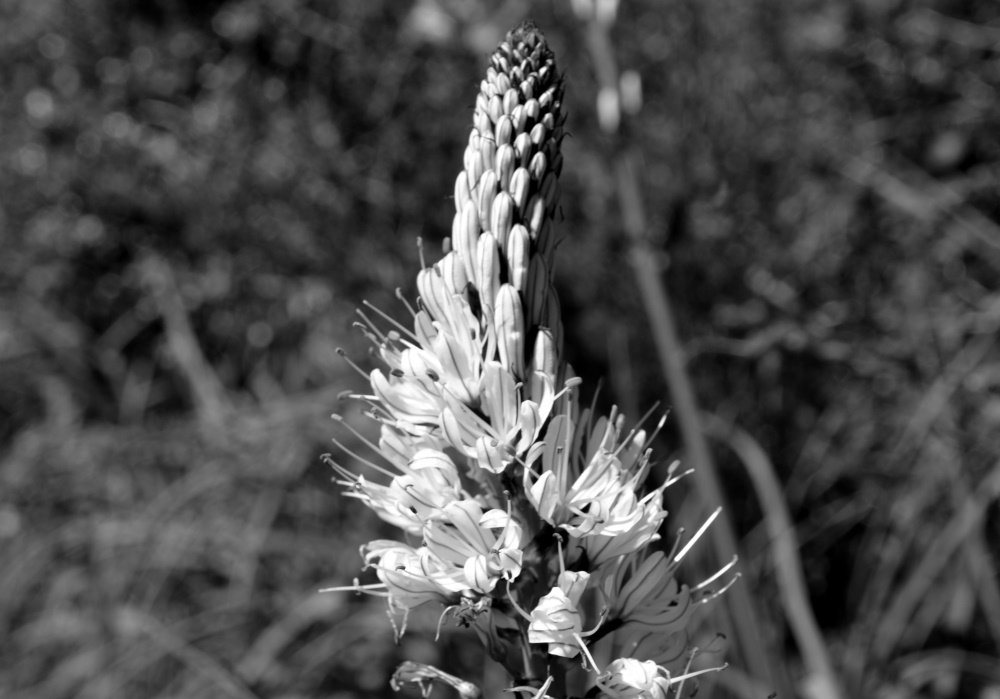
Asphodelus albus, common name white asphodel, is a beauty! It is considered to be a herbaceous perennial plant belonging to the genus Asphodelus. In France, this is a protected species. You'll find it growing in the ZNIEFF areas in the spring (April through June).
IN FRENCH: l'asphodèle blanc
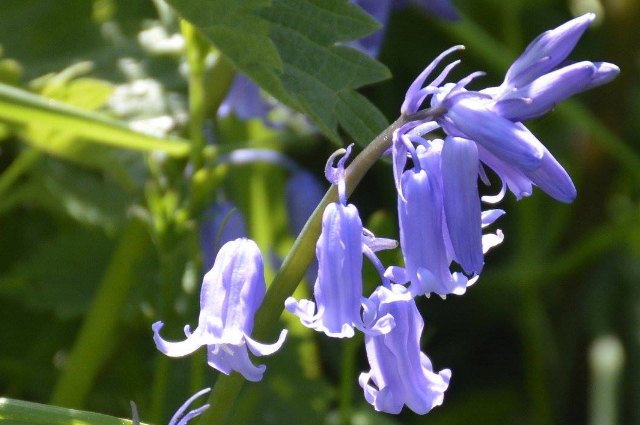
Hyacinthoides non-scripta is a bulbous perennial plant, found in Atlantic areas from north-western Spain to the British Isles. Known as the common bluebell, this is a protected species in France. April is a good time to see them as they bloom before the leaves are fully developed on the trees. Symbolizes constancy, humility and gratitude.
IN FRENCH: campanule commune
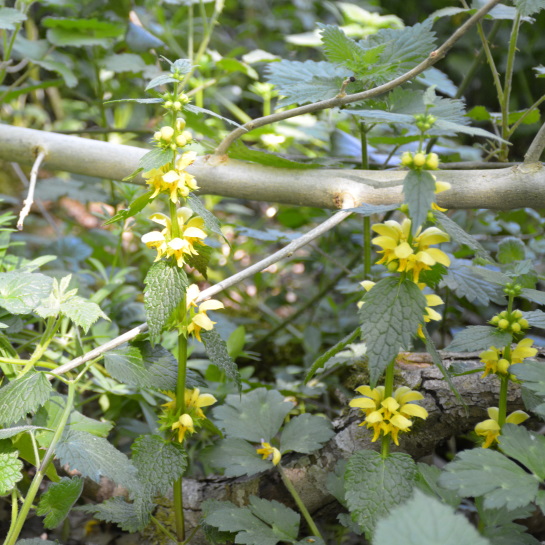
Lamium galeobdolon, commonly known as yellow archangel, artillery plant, aluminium plant, or yellow weasel-snout, is a widespread wildflower in Europe. The leaves and flowers are easy to dry for a herbal tea.
IN FRENCH: Lamier jaune, Lamier galéobdolon, ou Ortie jaune
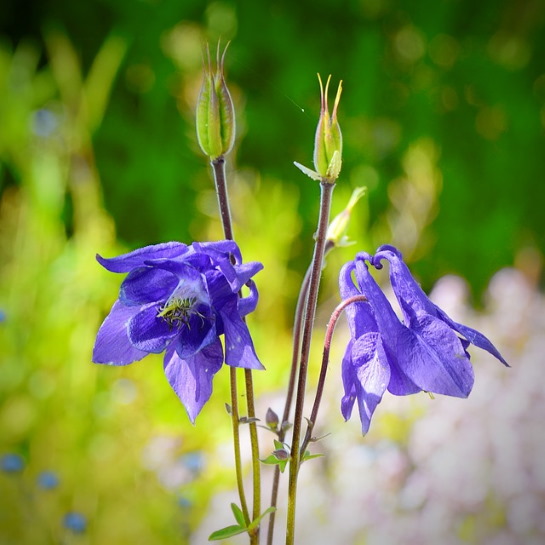
Aquilegia vulgaris is a species of columbine native to Europe with common names that include: European columbine, common columbine, granny's nightcap, and granny's bonnet. Blooms in spring.
IN FRENCH: L'ancolie européenne, l'ancolie commune

Orchis mascula, the early-purple orchid, early spring orchis, is a species of flowering plant in the orchid family, Orchidaceae. A protected species in France. The islands of Noirmoutier and Ile d'Yeu in the Vendée count many more species of wild orchids.
IN FRENCH: Orchis mâle, Herbe-à-la-couleuvre, Pentecôte
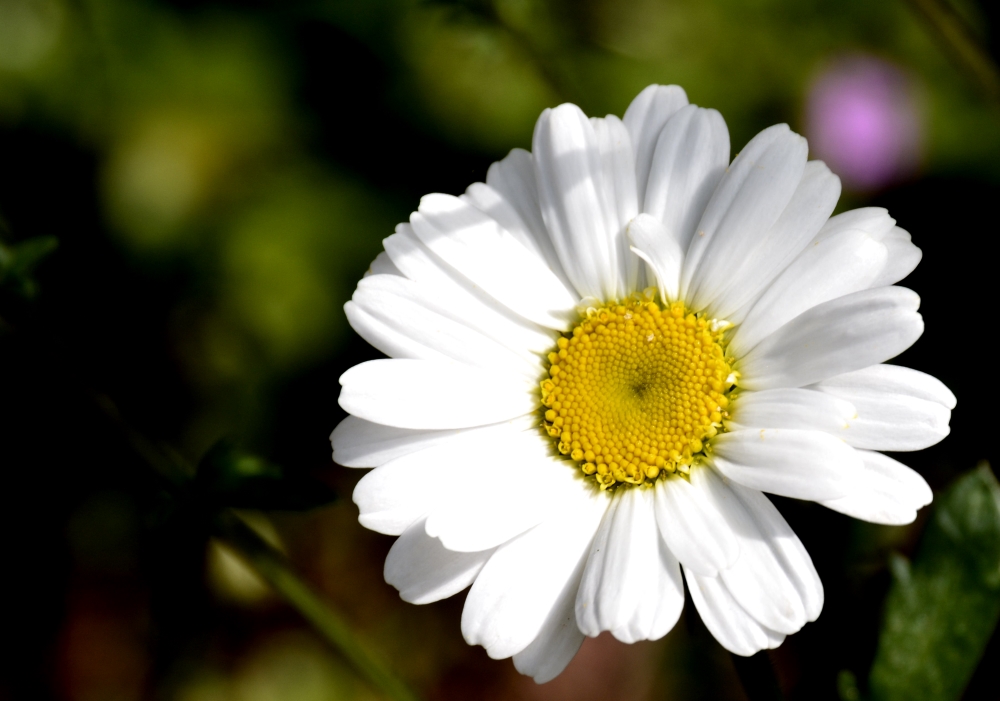
Bellis Perennis, or the common daisy, is a common European species of the family Asteraceae, often considered the archetypal species of that name.
IN FRENCH: la pâquerette ou pâquerette vivace
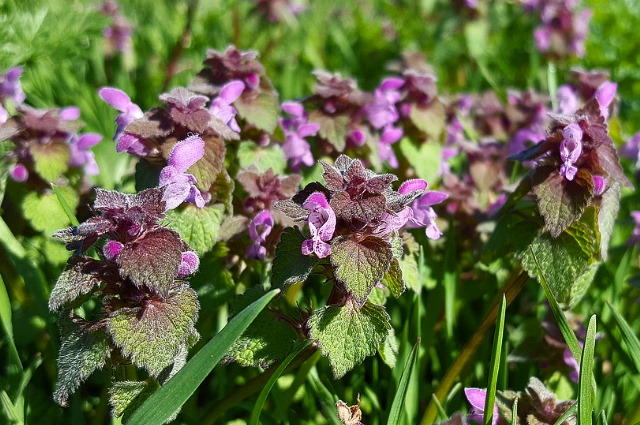
Lamium Purpureum, known as red dead-nettle, purple dead-nettle, or purple archangel, is an annual herbaceous flowering plant native to Europe and Asia
IN FRENCH: Le lamier
Image by DanduStephan Pixabay
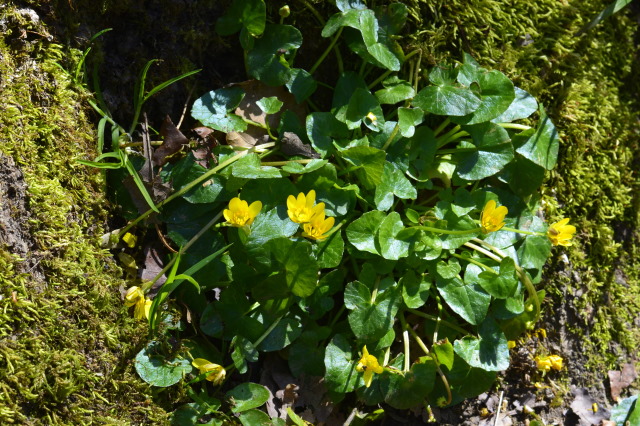
Ficaria Verna, commonly known as lesser celandine or pilewort. It is a low-growing, hairless perennial flowering plant in the buttercup family Ranunculaceae native to Europe and west Asia.
FRENCH: Ficaria verna, Ficaria ranunculoides or Ranunculus ficaria
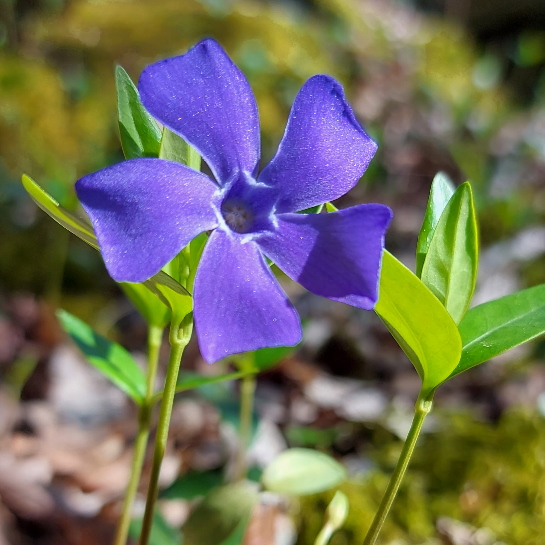
Vinca Major, or bigleaf periwinkle, large periwinkle, greater periwinkle and blue periwinkle, is a species of flowering plant in the family Apocynaceae, native to the western Mediterranean.
IN FRENCH: pervenche à grandes feuilles, grande pervenche, et pervenche bleue
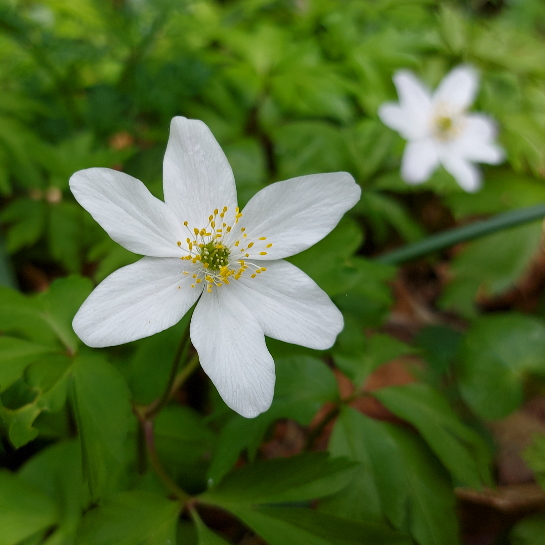
Anemonoides Nemorosa, known as the wood anemone or windflower or European Thimbleweed, is an perennial that blooms in early-spring, is native to Europe and in the buttercup family. So delicate!
IN FRENCH: d'anémone des bois ou de fleur du vent ou encore de renoncule européenne
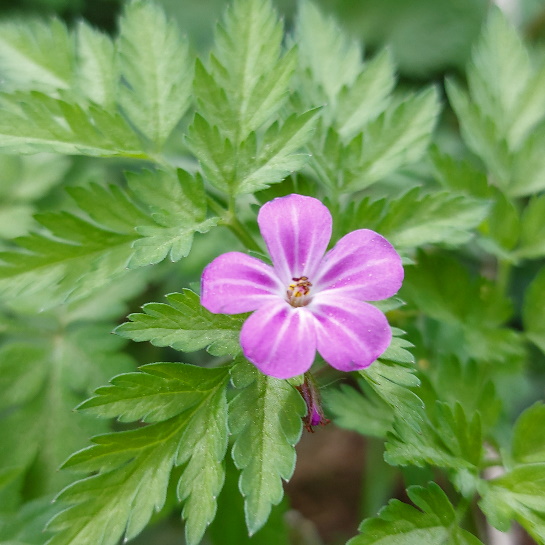
Geranium Robertianum, commonly known as herb-Robert or Roberts geranium, red robin, death come quickly, fox geranium, stinking Bob, squinter-pip and crow's foot, is a common species of cranesbill. It is native to Europe, parts of Asia, North America, and North Africa. IN FRENCH: Herbe à Robert, Herbe rouge, Bec de grue ou de cigogne (Alsace), aiguille Notre-Dame, cerfeuil sauvage (wild chervil due to shape of its leaves)

Allium is a genus of monocotyledonous flowering plants that includes hundreds of species, including the cultivated onion, garlic, scallion, shallot, leek, and chives. Same in French.
Lagurus ovatus or hare tale's grass is a genus of Old World plants in the grass family, native to the Mediterranean Basin and nearby regions, from Azores and the Canary Islands to Crimea and Saudi Arabia. The species naturalized in Australia, New Zealand, British Isles, and the Americas. FRENCH: Gros-minet ou Queue-de-lièvre ou Doudou ou Pinpin
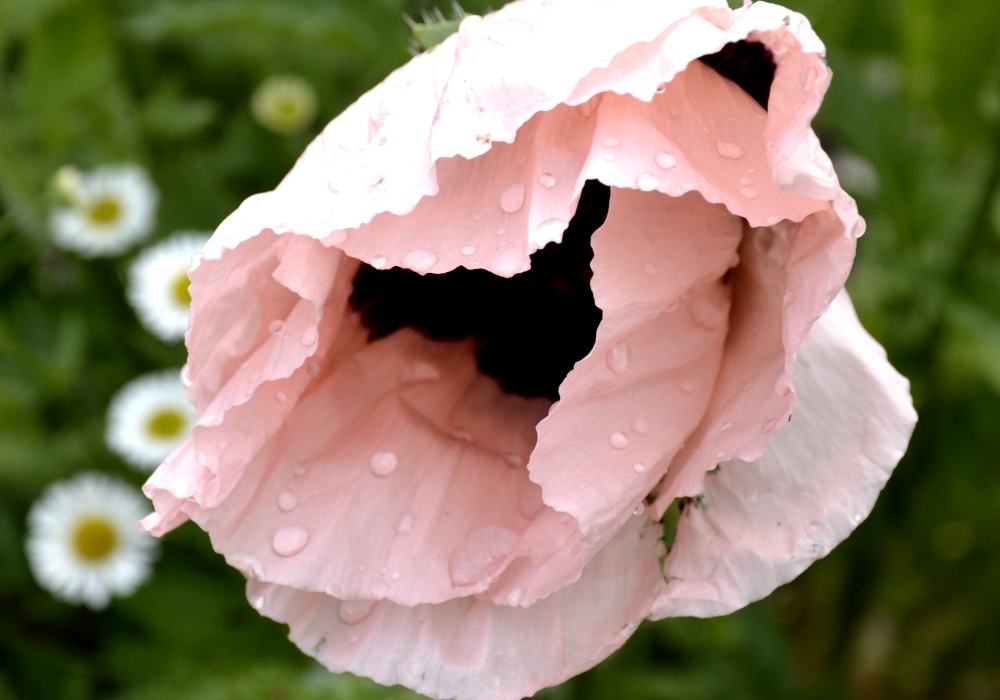
A poppy is a flowering plant in the subfamily Papaveroideae of the family Papaveraceae. Poppies are herbaceous plants. In the Vendée we have seen the classic red, this beautiful pink, and bright orange poppies. White poppies are also grown as a seed crop.
IN FRENCH: Le coquelicot
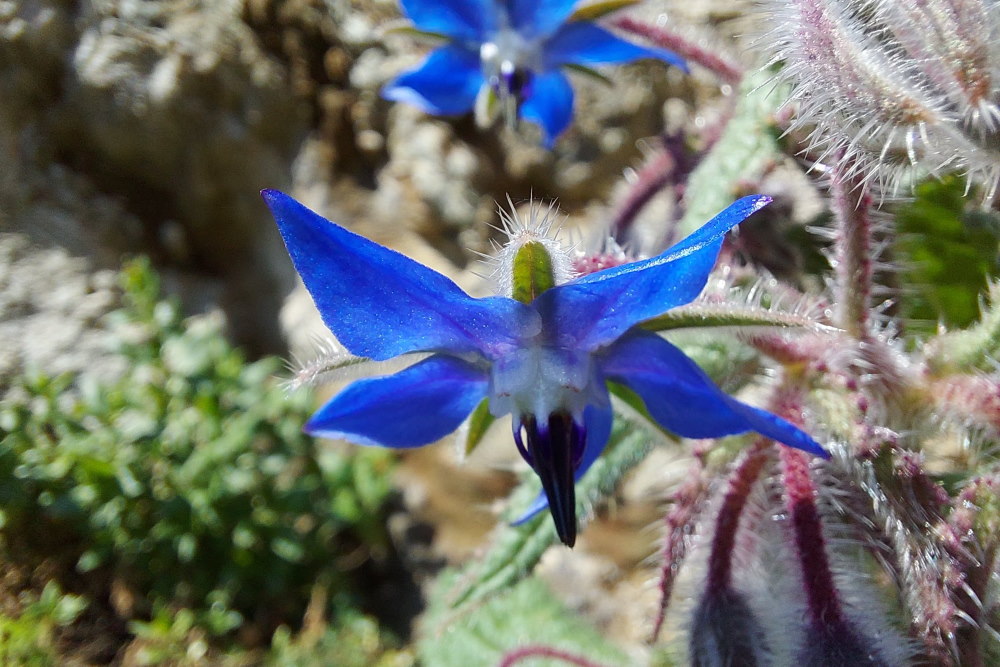
Borago Officinalis Borage, or starflower, is an annual herb in the Boraginaceae family. It is native to the Middle East and Mediterranean regions but has naturalized elsewhere. Tastes like cucumber. Beautiful and refreshing in summer cocktails.
IN FRENCH: a Bourrache ou Bourrache officinale
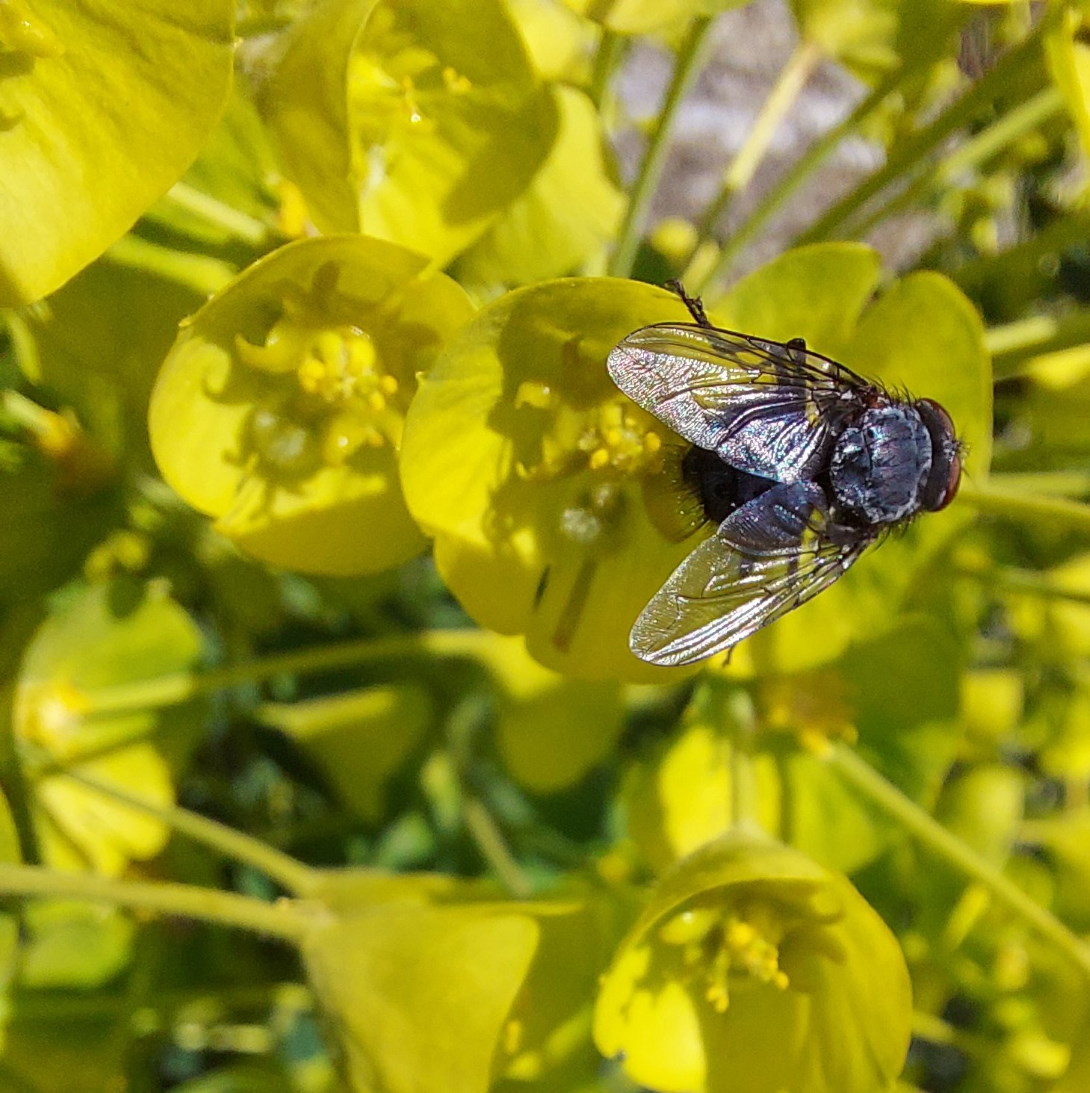
Euphorbia Esula or irish spurge or green spurge is said to be native to Ireland. The seeds can lie dormant for 8 years. The species has a complex root system that grows deeply. The flowers are green to greenish-yellow.
IN FRENCH: euphorbe irlandaise
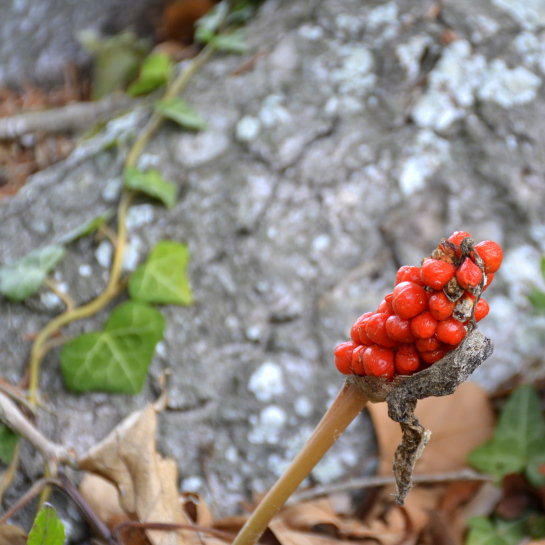
Arum Maculatum (Cuckoo-pint) is a woodland flowering plant species in the family Araceae. It is native across most of Europe, as well as Turkey and the Caucasus.
It is highly poisonous.
IN FRENCH: L'Arum tacheté or le Gouet tacheté
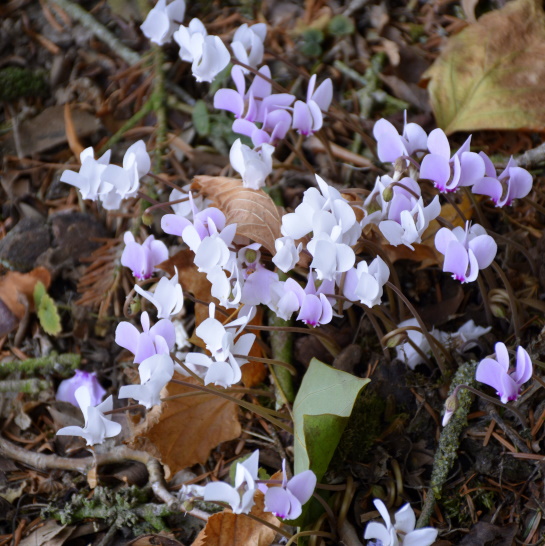
Cyclamen Hederiflium or wild cyclamen are a hardy species native to Europe, and the Mediterranean Basin east to the Caucasus, Iran, and Somalia. They enjoy woodland, scrub land, rocky and even coastal areas. They grow autumn through winter, dormant in summer.
IN FRENCH: Cyclamen Sauvage or Le Cyclamen de Naples
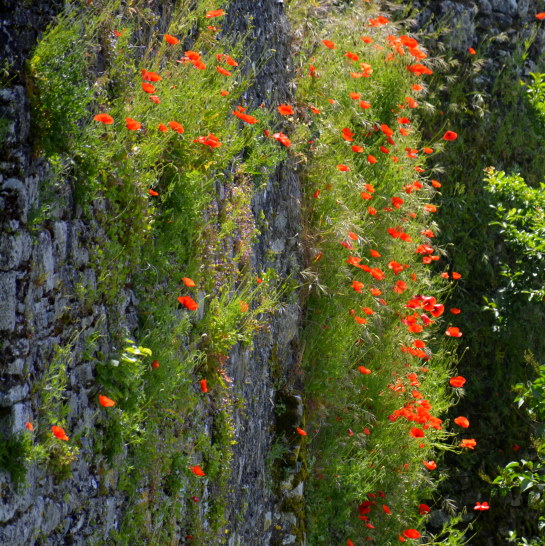
A poppy is a flowering plant in the subfamily Papaveroideae of the family Papaveraceae. Poppies are herbaceous plants, often grown for their colourful flowers and as a crop for poppy seeds. This wall is located in Vouvant. FRENCH: Le coquelicot

Morning glory is a common name for over 1,000 species of flowering plants in the Convolvulaceae family. They love to bloom in the morning sunshine. It is an invasive plant. IN FRENCH: gloire du matin OR tlilitzin des Aztèques

Lonicera or Caprifolium Mill, better known as Honeysuckle, is a shrub or twining vine in the Caprifoliaceae family, native to North America and Eurasia. Approximately 180 species of honeysuckle have been identified on these continents.
FRENCH: chèvrefeuille

Saxifraga is the largest genus in the family Saxifragaceae, which contains about 440 species of holarctic perennial plants. They are also known as rockfoils. The Latin word saxifraga means "stone-breaker", from the Latin saxum + frangere.
IN FRENCH: passe-pierre or perce-pierre
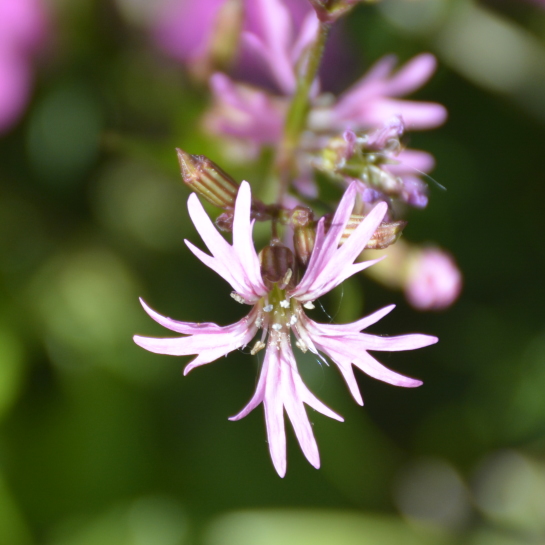
Silene flos-cuculi, known as ragged-robin, is a perennial herbaceous plant in the family Caryophyllaceae. The species is native to Europe and Asia, where it is found along roads and in wet meadows and pastures.
IN FRENCH: la Lychnide fleur de coucou, œillet des prés or œil-de-perdrix
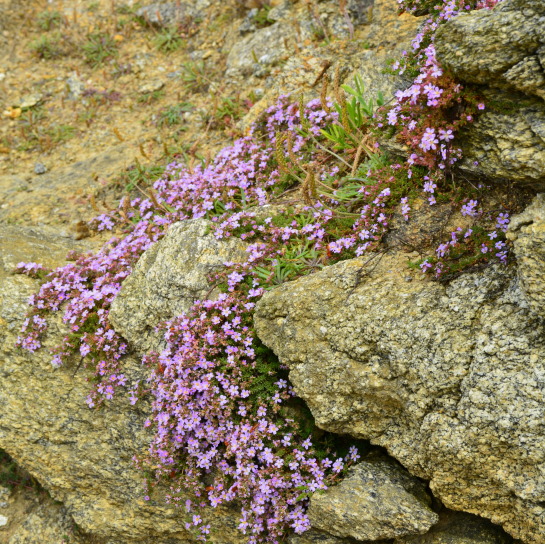
Thymus Serpyllum, known by the common names of Breckland thyme, Breckland wild thyme, wild thyme, creeping thyme, or elfin thyme, is a species of flowering plant in the mint family Lamiaceae, native to most of Europe and North Africa.
IN FRENCH: Serpolet or Thym serpolet

Lily-of-the-valley of the C. majalis species, is a sweetly scented woodland flowering plant with bell-shaped white flowers. Their root system spreads far and wide beneath the soil and the plant gowns in sprays in spring. It is native in the cool temperate Northern Hemisphere and Asia. It can be invasive but the flowers are so beautiful and symbolic for love. In France it is custom to give someone you love a bouquet of muguets on May 1st. Grows abundantly in the forests. All parts of the plant are toxic to dogs and cats.
IN FRENCH: le muguet de mai or muguet commun
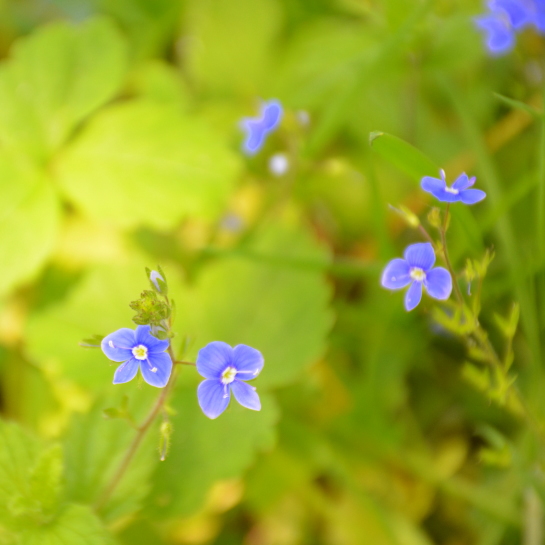
Veronica chamaedrys, the germander speedwell, bird's-eye speedwell, or cat's eyes, is a herbaceous perennial species in the plantain family Plantaginaceae.
IN FRENCH: La Véronique petit-chêne
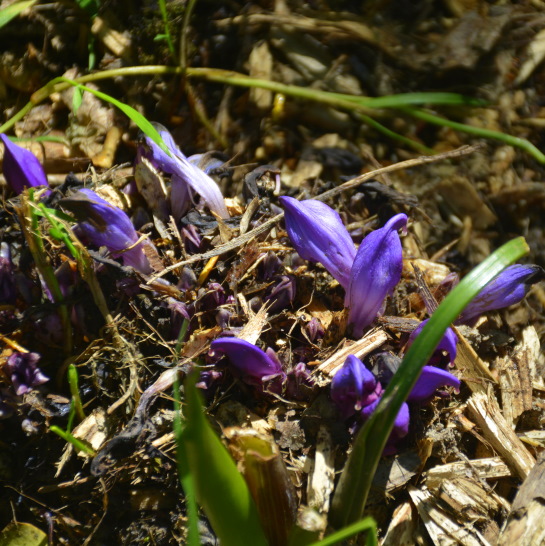
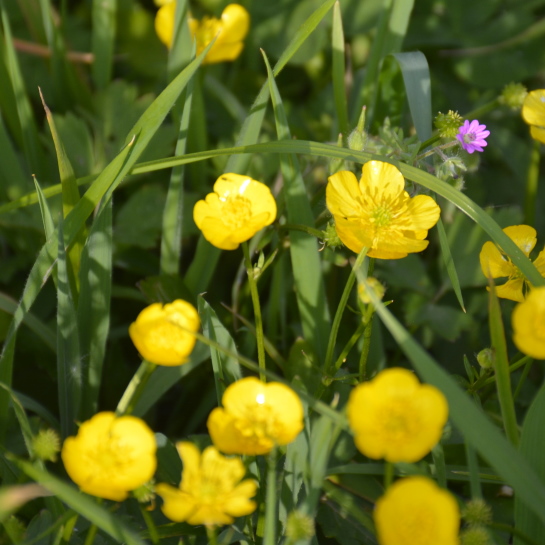

Rumex acetosella, commonly known as red sorrel, wild sorrel, sheep's sorrel, field sorrel and sour weed, is a species of flowering plant in the buckwheat family Polygonaceae. Native to Eurasia and the British Isles.
IN FRENCH: Oseille or Patience

Argyranthemum Frutescens, known as Paris daisy, marguerite or marguerite daisy, is a perennial plant known for its flowers. It is native to the Canary Islands.
IN FRENCH: marguerite de Paris, or marguerite
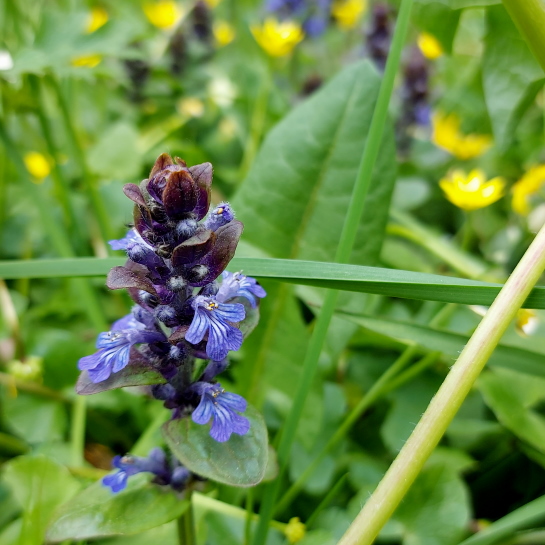
Prunella Vulgaris, the common self-heal, heal-all, woundwort, heart-of-the-earth, carpenter's herb, brownwort or blue curls, is in the mint family. We have also seen pink versions. According to herb books, the young leaves are edible. IN FRENCH: petite consoude, charbonnière, prunelle, herbe au charpentier
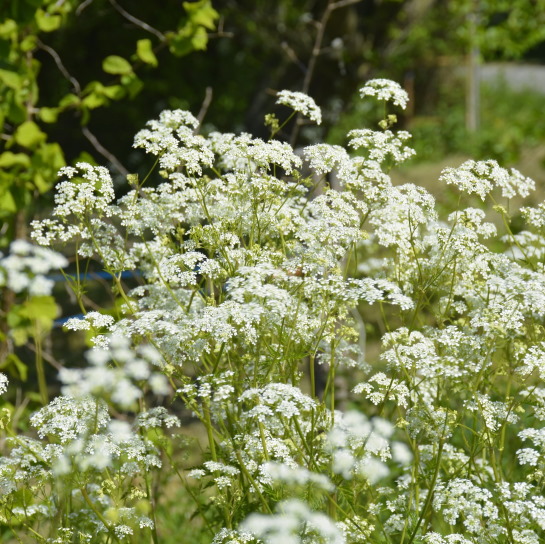
Anthriscus Sylvestris also known as cow parsley, wild chervil, wild beaked parsley, Queen Anne's lace or keck, is a herbaceous biennial or short-lived perennial plant that grows abundantly in the Vendée.
IN FRENCH: Anthrisque sauvage, erfeuil sauvage, Cerfeuil des bois

Trifolium Pratense, the red clover or shamrock, is a herbaceous species of flowering plant in the bean family Fabaceae. It is native to Europe, Western Asia, and northwest Africa, but has naturalized widely across the world. IN FRENCH: le trèfle violet, trèfle des prés
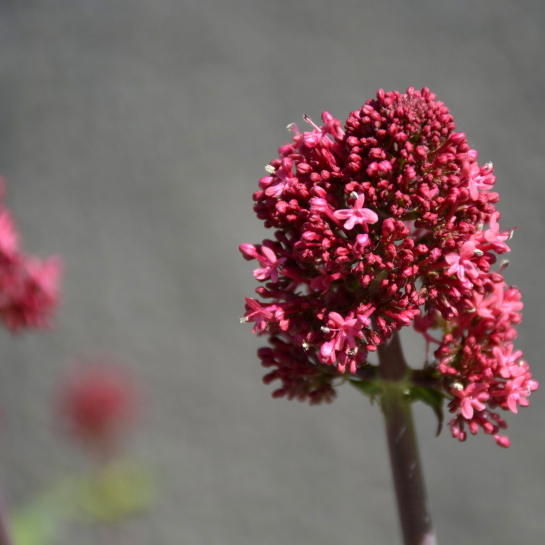
Asclepias incarnata or red silk plant is a herbaceous plant of the periwinkle family (Apocynaceae). The plant does not have the latex juices that other silk plants have (for which they are sometimes cultivated), but it does have thick white roots that allow it to survive in oxygen-poor soil. The plant flowers from high summer to late summer. IN FRENCH: Asclépiade rouge, Asclépiade incarnate, plante à soie rouge
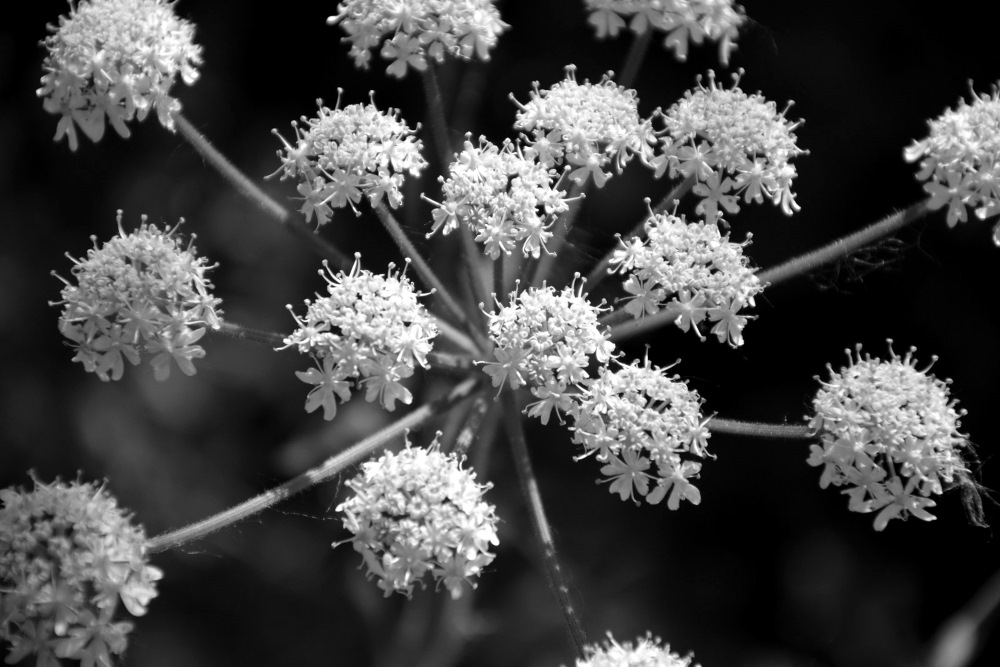
Trachyspermum Ammi—also known as ajowan caraway, thymol seeds, bishop's weed, or carom—is an herb in the Apiaceae family. Leaves and seeds are edible. Also known as bishop's weed. IN FRENCH: carvi ajowan, graines de thym, herbe de l'évêque, carom
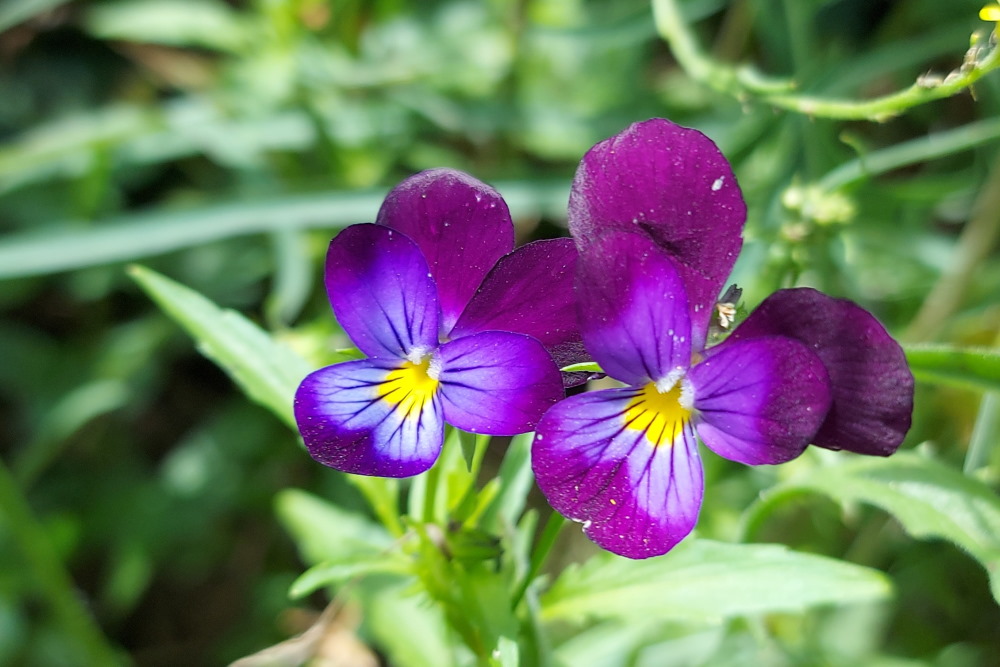
Viola tricolor is a common European wildflower also known as wild pansy, Johnny Jump up, heartsease, heart's ease, heart's delight, tickle-my-fancy, Jack-jump-up-and-kiss-me, come-and-cuddle-me, three faces in a hood, love-in-idleness, and pink of my john. Enjoy in a salad or cocktail! IN FRENCH: La Pensée sauvage, Pensée tricolore
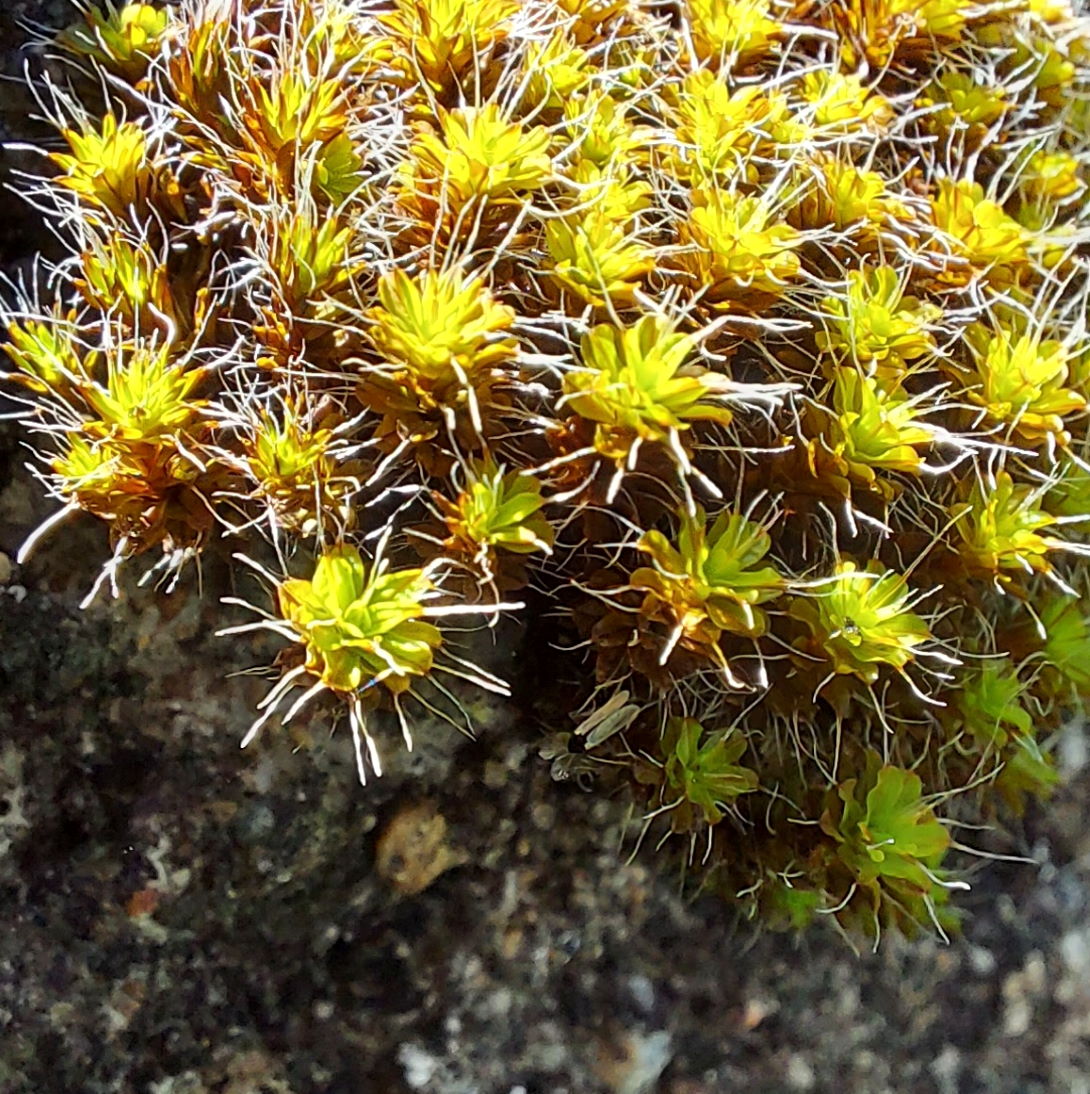

Dandelion or Taraxacum are perennial, herbaceous plants, native to temperate areas of the Northern Hemisphere. They typically reproduce by apomixis. Tip: don't mow the grass too early in spring. The Vendée is your salad bowl! Tastes like arugula or rocket and have a bitter, peppery taste. FRENCH: Le pissenlit
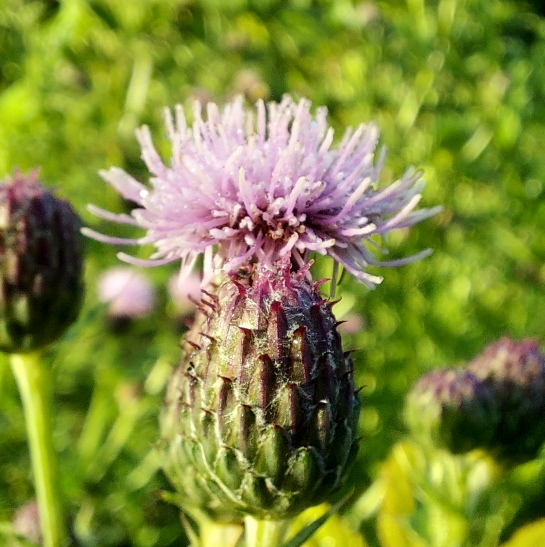
Silybum marianum or cardus marianus is also known as milk thistle, blessed milk thistle, Marian thistle, Mary thistle, Saint Mary's thistle, Mediterranean milk thistle, variegated thistle and Scotch thistle. It is of the Asteraceae family and grows the (bi)annually.
IN FRENCH: chardon marie, Silybe de Marie, Chardon marie, Chardon marbré
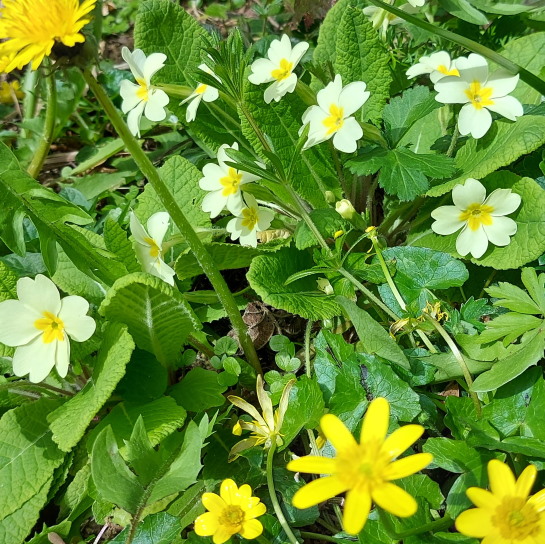
Primula vulgaris, the common primrose, is a species of flowering plant in the Primulaceae family. It is native to western and southern Europe, northwest Africa, and some parts of southwest Asia. Also known as St Peter's herb, or key flower there is a legend attached to it: St Peter, guardian of the heaven's gates, had a large bunch of golden keys. One day, when he was taking a nap, the bunch of keys slipped from his hands and fell to the ground. Peter immediately retrieved the bunch of keys, but where it lay, a radiant bunch of golden flowers began to grow, which from then on was called the 'key flower'. IN FRENCH: La Primevère commune, Primevère acaule, Primevère
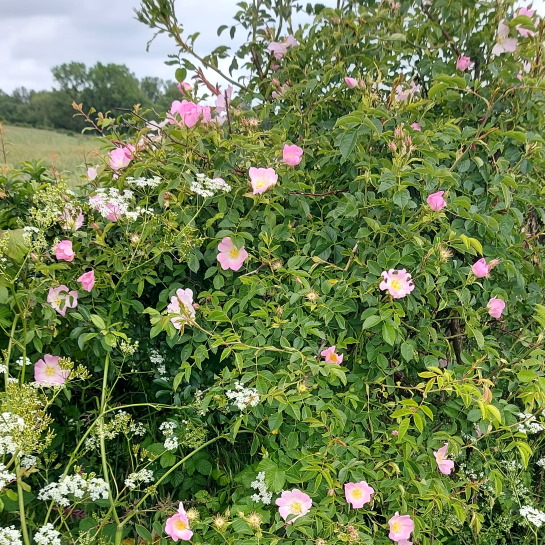
Rosa Dumalis, also known as the glaucous dog rose, is a species of rose native to Europe and southwest Asia. Can also be a synonym for Rosa Canina. The dog rose has white-pink flowers visited by bees and insects. Horses like them too, they like the leaves as well as the pretty flowers.
IN FRENCH: d'églantier glauque, les rosiers sauvagesest
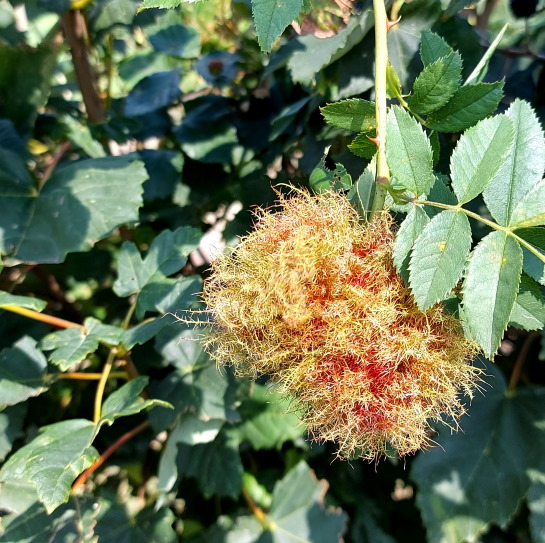
Diplolepis rosae is a gall wasp which causes a gall known as the rose bedeguar gall, Robin's pincushion, mossy rose gall, or moss gall. The gall develops as a chemical reaction of an unopened leaf or bud, mostly on field rose (Rosa arvensis) or dog rose (Rosa canina) shrubs. The female wasp can lay no fewer than 60 eggs within each leaf. The grubs develop within the gall, and the wasps emerge in spring; the wasp is parthenogenetic with fewer than one percent being males. So... not a flower! IN FRENCH: de galle du rosier, galle de Robin, galle du rosier mousseux or galle de la mousse

Stellaria Graminea is a species of flowering plant in the Caryophyllaceae family also known as common starwort, grass-leaved stitchwort, lesser stitchwort and grass-like starwort.
IN FRENCH: Stellaire à feuilles de graminée


Share this Post
